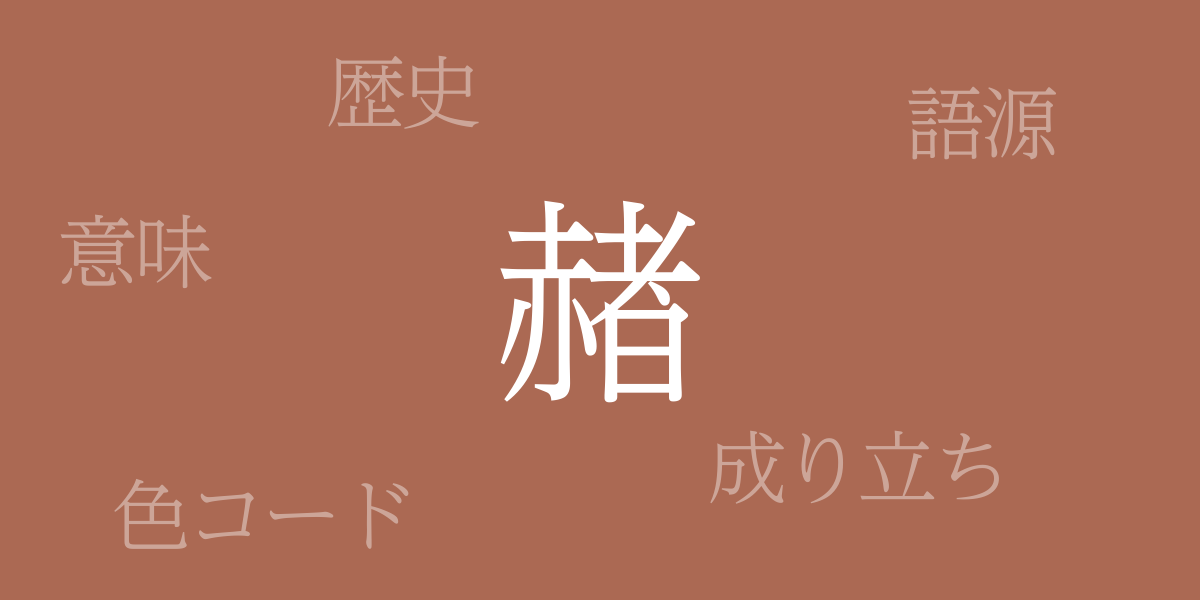The ancient color that breathes through modern times in Japan is the traditional “Soo (赭 – そお)”. This rich reddish-brown resonates deeply with Japanese history and culture, blending seamlessly into various aspects of our lives. This article delves into the allure of Soo, exploring its significance, history, and even the digital age color codes. Join us as we explore the world of Soo, a symbol of Japanese aesthetic.
About Soo (赭 – そお)
Soo (赭 – そお) is a color that mixes red and brown, embodying both warmth and composure. This color, prevalent in Japan’s nature and traditional crafts, has been cherished throughout the ages and is utilized in clothing, architecture, and fine arts. Soo stimulates the Japanese sensibility, essential for expressing seasonal moods and emotions.
The History of Soo
The history of Soo dates back to ancient times, with uses found in Kofun period haniwa (clay figures) and Nara period wall paintings. In the Heian period, it was favored in the attire of the nobility as a prestigious color. As time passed, Soo became popular among samurai and commoners alike, deeply permeating all facets of Japanese culture. Often derived from natural materials, Soo represents Japan’s tradition of harmony with nature, offering a unique texture.
Color Code of Soo
In the digital realm, accurate color representation is crucial. Below are the color codes for Soo:
- HEX: #AB6953
- RGB: R:171 G:105 B:83
- CMYK: C:40 M:68 Y:68 K:1
Western Name for Soo
In the West, Soo is recognized for its distinctive texture and is known as “Burnt Sienna”. This name originates from pigments produced in the Siena region of Italy, describing a warm, earthy red. In the art world, Burnt Sienna is cherished for adding natural shadows.
Conclusion on Soo
Soo, with its long history as a traditional Japanese color, continues to be cherished by many. Its deep hue reflects Japan’s nature and culture, offering warmth and tranquility to its admirers. In the digital and art spheres, its shades are understood as a universal language, employed in numerous works. Understanding the charm of Soo allows us to connect more deeply with Japanese traditions.

























